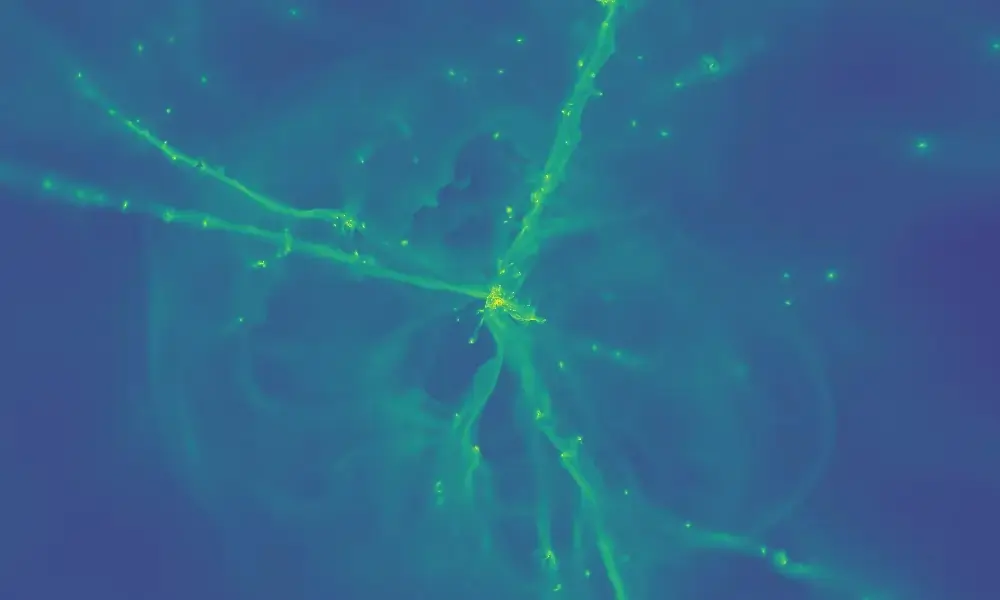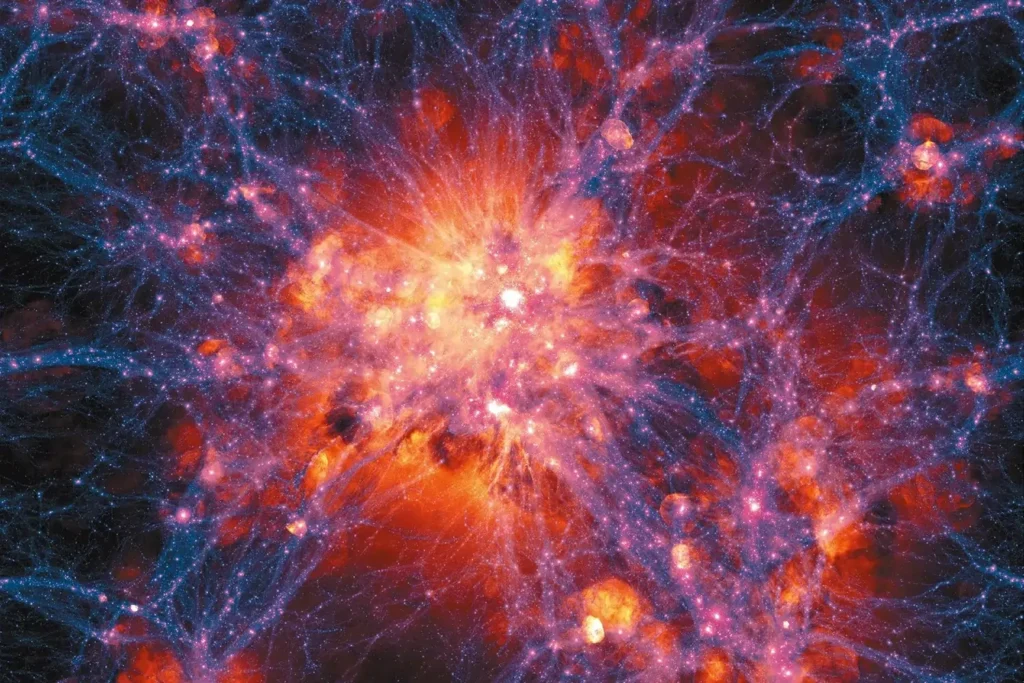Astronomers worldwide are using supercomputers to unravel the universe’s mysteries, aiming to create accurate simulations of galaxy formation since the Big Bang. Lund University researchers and a global team dedicated eight years and one hundred million hours to rectify errors in these simulations, striving to understand the origins of galaxies, stars, and planets. Published in The Astrophysical Journal, their CosmoRun simulations revealed early Milky Way-like galaxy formation, addressed the “missing satellites problem,” and highlighted the crucial role of surrounding gas in realistic simulations, marking significant advancements in cosmological understanding.
Astronomers around the world are unlocking the mysteries of the universe with the help of supercomputers. These powerful machines allow scientists to create simulations of how galaxies formed from the Big Bang over 13 billion years ago until now. However, these simulations often have mistakes, which scientists are working hard to correct.

Led by researchers from Lund University, an international team of scientists has spent eight years and a staggering one hundred million hours on computers, trying to fix these errors. Their goal? To create more accurate simulations that can help us understand where galaxies, stars, and planets come from.
Over the past decade, there have been big improvements in computer simulations that show how galaxies form. These simulations, called cosmological simulations, are crucial for our understanding of the universe. But sometimes, the predictions from these simulations aren’t quite right. This can happen because the simulations aren’t detailed enough, or because scientists have to make guesses about how stars live and die, and how the space between galaxies evolves.
To make better simulations, a huge group of 160 researchers from 60 universities worldwide, led by experts from Lund University, Seoul National University, and the University of California, worked together. They compared many different simulations to see which ones were the most accurate.
Their work, known as the CosmoRun simulations, has been published in The Astrophysical Journal. In these papers, the researchers studied how a galaxy similar to our own Milky Way formed. They used the same ideas about how the universe’s first stars produced ultraviolet radiation, how gases heat up and cool down, and how stars are born.
Their findings were exciting. They discovered that galaxies like the Milky Way formed very early in the universe’s history, which matches what we’ve seen with advanced telescopes like the James Webb Telescope. They also solved a long-standing problem in astronomy called “the missing satellites problem” by figuring out how many small satellite galaxies should be orbiting bigger galaxies like the Milky Way.
The team also found that the key to making realistic simulations isn’t just about the number and arrangement of stars. Instead, it’s all about the gas that surrounds galaxies.
Their research wasn’t easy. It took eight years of running hundreds of simulations on supercomputers. But they still need to be finished. They’re continuing to refine their simulations to better understand how galaxies like the Milky Way are born and change over time.
According to Santi Roca-Fàbrega, one of the lead researchers, this work marks the beginning of more reliable simulations of galaxy formation. And with each new technological breakthrough, scientists hope to uncover more pieces of the universe’s complex puzzle.
In the end, these simulations will help us understand galaxies better and shed light on our home galaxy, the Milky Way, like never before.


